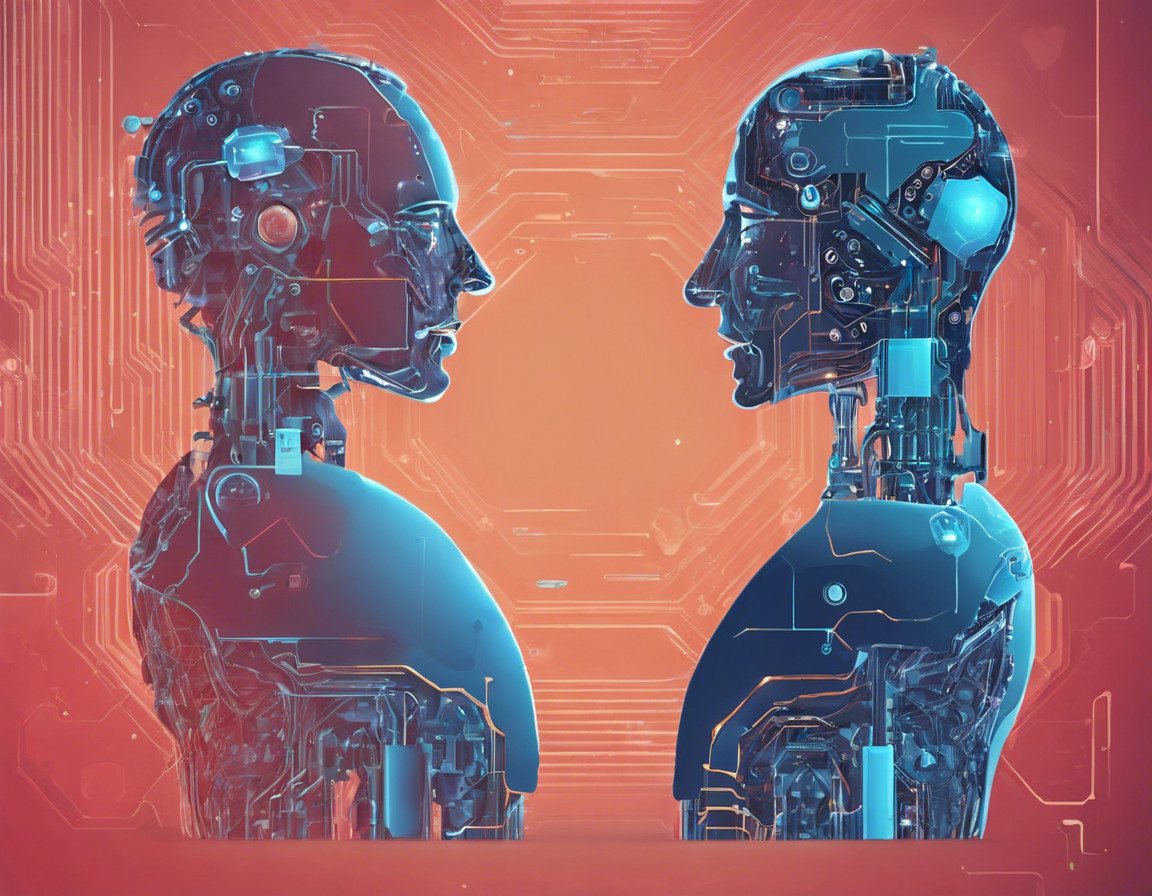
As we step into 2024, the influence of artificial intelligence (AI) on marketing communications continues to evolve, sparking discussions on the integration of AI tools with human creativity. In this article, we explore three key ways AI is reshaping earned first campaigns and pushing the boundaries of marketing creativity.
1. LLMs as Creative Assistants
Large language models (LLMs) are emerging as powerful creative assistants, revolutionizing how marketing ideas are developed and communicated. Jasper, a generative AI tool, specializes in blog posts, social media content, and marketing copy, claiming to outpace human output by tenfold in 26 languages. Copy.ai, a US-based startup, is also making waves in this segment with a focus on enhancing marketing creativity.
Additionally, LLMs are expanding their role as tools for developing prompts in visual AI platforms. Platforms like Midjourney leverage language prompts to create novel combinations and visuals that transcend both reality and human imagination, opening new avenues for creative exploration.
2. Rabbits Reimagined: Unleashing Creativity through AI
The evolution of graphic design tools has taken a giant leap, allowing users to create high-quality imagery by simply typing commands. The concept of 'Rabbits Reimagined' illustrates this transformation, where AI-driven prompts generate imaginative combinations, pushing the boundaries of creative expression.
Ogilvy Paris, in collaboration with Nestlé’s La Laitière brand, utilized OpenAI’s DALL·E model to extend the boundaries of an iconic image through generative AI. Similarly, Absolut and Ogilvy invited locals to 'Mix Your Neighbourhood,' turning distinctive regional ingredients into creative prompts for an AI platform. The result? Vibrant cocktail art capturing the essence of local flavors, showcasing the dynamic synergy between AI and human creativity.
3. Influencers Redefined: Rise of Digital Avatars
Influencer marketing, a booming trend, is taking an innovative turn as AI tools like HeyGen, Synthesia.io, and D-ID pave the way for fully digital and synthetic influencers. Avatars like Lil Miquela and Vietnam’s Minah demonstrate that artificial influencers can engage communities effectively, offering brands advantages in terms of safety and control.
However, as the use of AI influencers grows, transparency becomes crucial. Ogilvy's AI Accountability Act advocates for full disclosure when AI-based content is employed, emphasizing the need for brands to be transparent about the use of synthetic influencers.
Conclusion: Navigating the Creative Landscape
While AI opens new creative vistas for marketing teams, caution is essential. Staying informed about copyright and confidentiality rules and ensuring transparency with the audience about AI tool usage are critical steps. Despite the need for caution, creative professionals who embrace AI find themselves on the cutting edge of innovation. AI won't replace them, but those who leverage its potential are positioned to lead the charge in reshaping the future of marketing creativity.